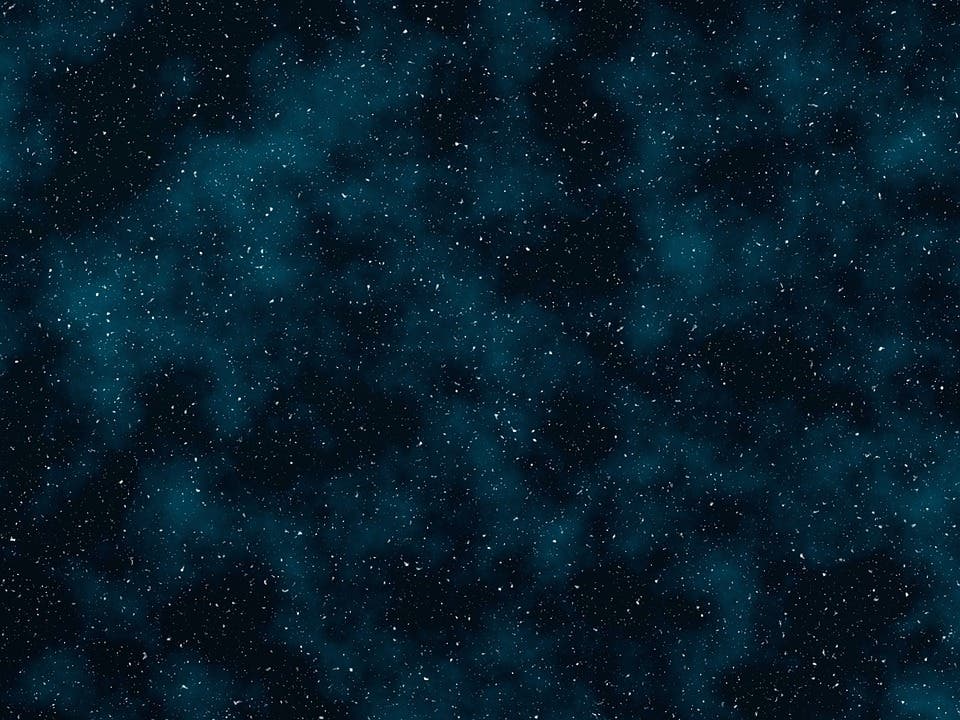Our best estimates put the observable universe at about 93 billion light-years across 8.8×1023 kilometers. The real size, however, is probably much greater.
Observing the universe — parallax and beyond
Let’s start our foray into the size of the universe with a very simple experiment: place your palm in front of your eyes. Look at it and focus on its position. Then close one eye, look at the palm again, and then switch eyes. Your hand appears to slightly move sideways, because of the different position of your eyes — this is called parallax.
By knowing the distance between your eyes and seeing the apparent displacement of your hand, we can calculate the distance to your hand. Now, imagine that instead of your eyes, we have two telescopes out in space, and instead of your palm we have a very distant object, say a star. We know how far apart the two telescopes are so we can calculate the distance to the star through parallax.
Thanks to the Earth’s orbit (which we can calculate precisely), we have exactly that: the ability to observe the same thing from two different points (the same telescope, moved around by the Earth’s orbit). This approach is used routinely by astronomers to calculate the distance to celestial objects.
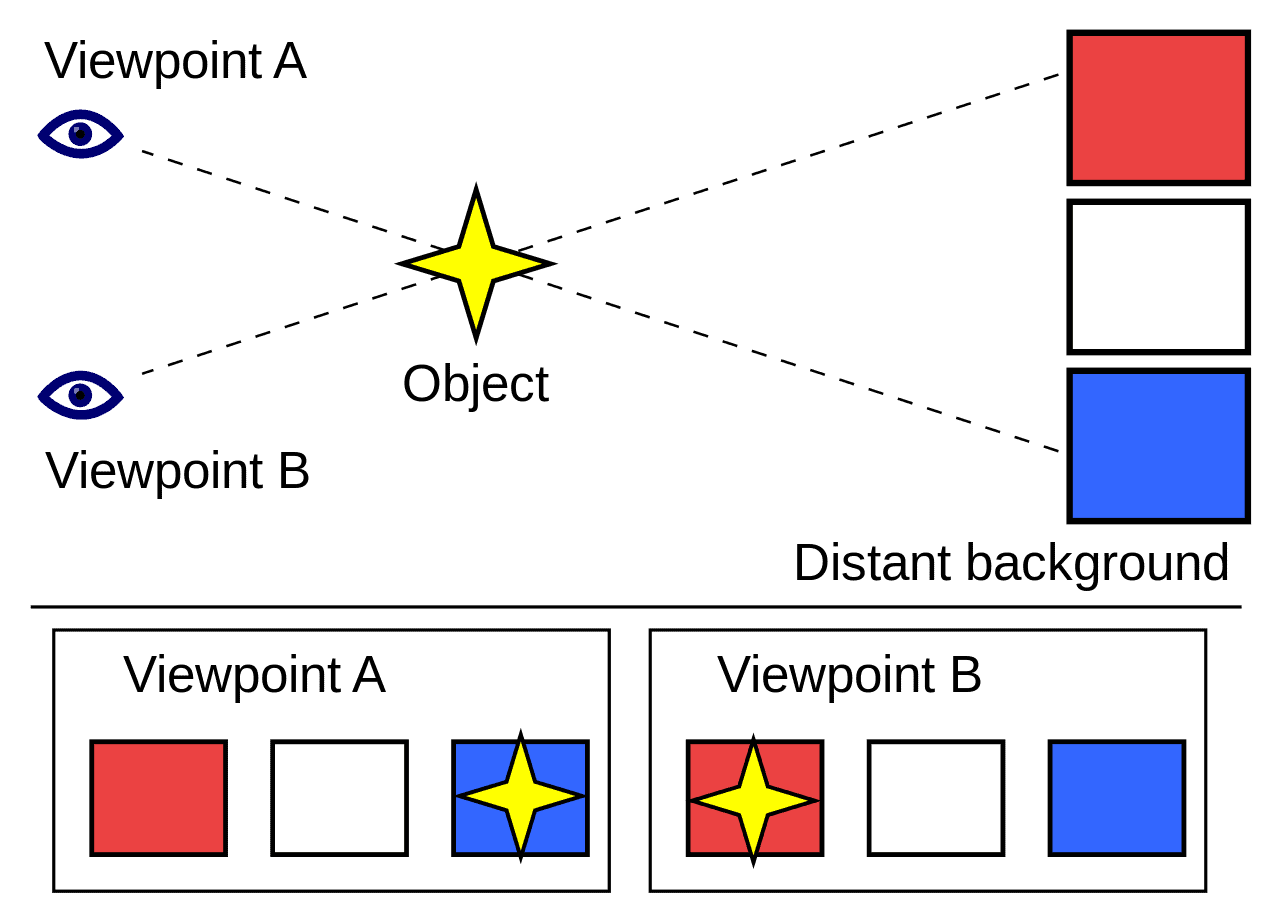
However, after around 100 light years, the distance becomes simply too great and the parallax method starts to lose its efficiency. Still, through parallax, we know that the universe is at the very least 200 light years across (100 in both directions) — something which at one point, seemed inconceivably large.
The real size, however, goes far beyond that.
The observable universe — and a standard candle
This is where things start to get really interesting (and tricky). Let’s think about the age of the universe for a moment. When we look at something that’s 1 light year away, it took the light one year to get from that object to us, so we’re seeing it the way it was one year ago. In a way, we’re looking through time and seeing the past. We’ve seen galaxies that are over billions of years old, so the size of the universe must be at least a few billion light years across.
To finesse things, we know the age of the universe, within a pretty good margin, to be 13.7-13.8 billion years, and we know that from two crucial pieces of evidence.
The first one has to do with universal expansion. We know that the universe is expanding, and it’s expanding at an accelerating rate. Assuming that it’s expanding similarly in all parts of the universe (which most scientists agree), all the objects in the universe are moving apart from one another at a similar pace. Let’s take the galaxies, as incredibly massive “objects”: we know that they’re moving apart, and by knowing their current speeds and distances, as well as the rate at which the universal expansion is accelerating, we can calculate how long it took them to reach their current position. This method puts the age of the universe at around 14 billion years.
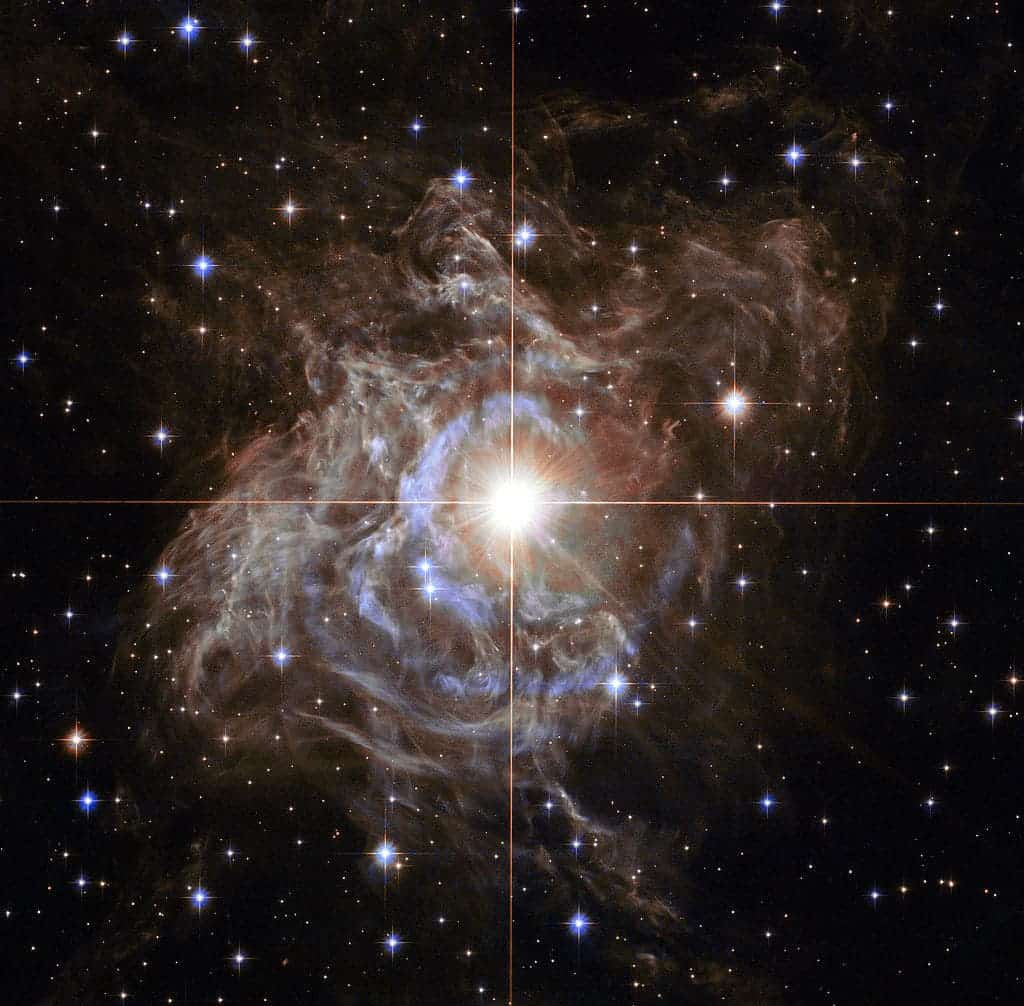
The second method relies on measuring the age of the oldest clusters we’ve been able to observe. This is not straightforward and makes extensive use of our knowledge of stellar formation, particularly a group of stars called “main sequence stars”, which are the most common type of stars. We know that these stars change color in time, becoming redder as they age. By measuring their color and brightness, we can calculate their age — they are a “standard candle”, an object whose brightness we can calculate mathematically. But for the very oldest stars, even this doesn’t really work, and this is where the work of Henrietta Swan Leavitt, an American astronomer, comes in. Back in 1908, Henrietta realized that there was a special class of stars called Cepheid variables. These stars have highly reliable brightness and pulsations, which enables astronomers to calculate just how old these stars are. Using this method, the age of the universe was calculated to be 13.7 billion years.
The fact that the two methods come up with such close values is encouraging, and subsequent studies and models have confirmed and refined this range. Currently, scientists are confident (99.1% accuracy) that the age of the universe is 13.81 billion years — meaning we have another important milestone in our quest to figure out the size of the universe.
So we have a smaller “yardstick” to measure things in our cosmic neighborhood, and a larger one to measure things in the observable universe. What’s next?
The size of the observable universe
We might think that the size of the observable universe is 13.7 billion light years in all directions, so 27.4 billion light-years across. Spoiler alert: that’s not true! That’s just what we can see now — during the time it took the light to travel to us, the universe has continued to expand. Keep in mind: space itself is increasing.
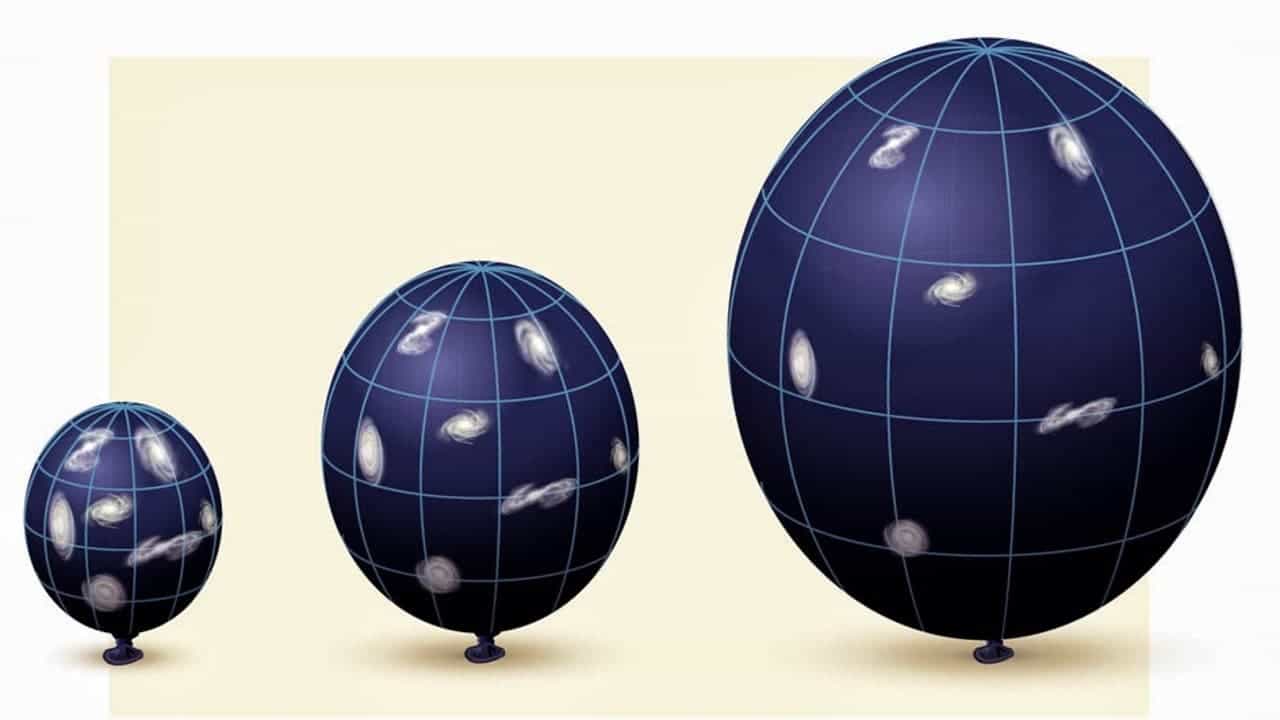
[panel style=”panel-info” title=”Comoving and proper distances” footer=””]At this point, we should differentiate between the two distances.
Proper distance is essentially where a distant object would be at a specific moment of cosmological time. This can change over time due to the expansion of the universe.
Comoving distance factors out the expansion of the universe, giving a distance that does not change in time due to the expansion of space but can change, for instance, due to galactic movement.
The Universe’s expansion results in the proper distance changing, while the comoving distance is unchanged by this expansion.[/panel]
So how big has the observable universe become since its inception?
The best answer we have comes from something called redshift. When a source of light comes from very far away, its wavelength starts to shift towards the red side of the spectrum. This type of Doppler shift was a key indication that the size of the universe is increasing, and can help researchers estimate how much the universe has expanded.
Basically, if we were to find some really old photons and analyze their spectral shift, we’d have a good estimate of how old something is, and how far away it currently lies. The earliest photons we have come from the so-called cosmic microwave background (CMBR), faint cosmic background radiation filling all space which represents the earliest known electromagnetic radiation.
Some of our most accurate estimates of the CMBR come from the Wilkinson Microwave Anisotropy Probe (WMAP), which, along with other estimates, found that farthest observable photons come from 46.5 billion light-years away.

The comoving distance from Earth to the edge of the observable universe is about 46.5 billion light-years 14.26 (gigaparsecs or 4.40×1026 meters) in any direction. So, although the light itself might have only traveled for 13.8 billion years, the distance from us to the point it came from is, at present, 46 billion light years away.
This would make the diameter of the observable universe about 93 billion light-years (the equivalent of 28 billion parsecs), assuming that the Earth occupies a relatively central position in the universe.
It should be noted that at the current time, the proper and the comoving distance between the Earth and the edge of the observable universe are defined as equal (for the sake of simplicity). This is merely a convention — at other times, the scale factor was different than 1.
The same measurements described above concluded that at the time the CMBR was emitted, the proper distance was only 42 million light-years.

So, to the best of our knowledge, the size of the observable universe is 93 billion light-years across. It is almost certainly bigger than that, but we don’t have any substantial evidence to judge its size outside of that.
However, one statistical estimate carried out by Oxford researchers found that the universe might be 251 times larger than the observable universe, which would put it at 23343 light-years across. That’s truly humbling, and some studies go even beyond that. Estimates for the total size of the universe, reach as high as megaparsecs, as implied by one resolution of the No-Boundary Proposal. Just so you can get an idea of how big that number is, it doesn’t even matter what units of measure you express it in — whether it be nanometers or megaparsecs, the difference would simply get lost in the irrelevant final digits.
[panel style=”panel-default” title=”Universal expansion ” footer=””]Universal expansion can be very difficult to wrap your head around, but here’s an easy analogy to help you visualize things.
Think of the universe as a muffin dough. Think of matter inside this space as poppy seeds inside this dough. As the dough is baked, it expands, and the space between all poppy seeds increases — similarly, universal expansion drives matter apart, though the process is only detectable at cosmological scales.[/panel]
The shape of the universe
Now, we have some idea of how big the universe is — or rather, we have a lower limit to how big the universe is — but what does it look like?
Most people would probably imagine the universe to be somewhat spherical in shape. Although intuition is hardly reliable in cosmology, a spherical universe is entirely plausible. In General Relativity, space-time is curved, which would imply that there are three possible shapes of the universe:
- flat (zero curvature);
- spherical or closed (positive curvature); or
- hyperbolic or open (negative curvature).

There are also other, more complex shapes which have been proposed, such as a Moebius Strip or its 3D correspondent, a Klein Bottle — where there is no inside or outside, only one surface.
However, more recent evidence suggests that the universe is essentially flat. Temperature measurements of the above-mentioned CMBR would exhibit substantial variations if the universe was curved, but to the best of our ability, we haven’t been able to spot any such variations, which indicates that, to an acceptable range, the universe is essentially flat.
If the universe is indeed “flat”, the math behind General Relativity and universal expansion indicates that it will continue to expand forever, though it’s not clear if this expansion will continue to accelerate indefinitely or will slow down.
However, this doesn’t really tell us anything about how big the universe really is, and there’s an even more puzzling possibility: perhaps the universe is so big that the fraction represented by our observable universe isn’t big enough to exhibit its curvature, much like from our personal perspective, the Earth seems flat, but if you zoom out sufficiently, its curvature becomes evident.
This leaves another important question to discuss.
Is the universe infinite?
Since we can’t exactly figure out how big the universe is, another possibility emerges: that of an infinite universe.
The two possibilities (of a finite or an infinite universe) raise equally puzzling situations: if the universe is finite, then what could possibly be outside of it, and what exactly is the universe expanding into? Is the universe creating space? Does that question even make sense?
If the universe is infinite, things get even weirder. How can something that’s not infinitely old be infinitely vast? Can an infinite universe expand? In theory, yes — although it’s very difficult to visualize (and makes the math and physics much trickier). Again, think of the universal expansion not as an “expansion”, but rather a “stretch”, in which all parts of the universe, from the very middle to the periphery, are being pulled apart from each other. But does an infinite universe contain all possible configurations of matter? Is there another you somewhere in the universe? Or even better, is there a version of you that’s immortal, doesn’t need sleep and has cat ears? That is the kind of problem which might emerge from an infinite universe.
[panel style=”panel-default” title=”Pi and an infinite universe” footer=””]For the sake of precision, we should say that an infinite universe doesn’t necessarily imply all possible matter combinations — just like, contrary to popular belief, the number Pi doesn’t necessarily include all possible number combinations.[/panel]
A more straightforward issue with an infinite universe is represented by Olbers’ paradox, which states that the darkness of the night sky conflicts with the assumption of an infinite and eternally static universe: if it were truly infinite, then every single bit of the night sky would eventually fall on to a star and would light up, until all the night sky is lit up. Since that doesn’t happen, then the universe isn’t infinite.
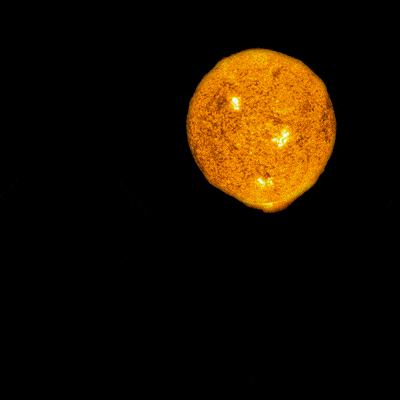
The truth is, we don’t know if the universe is finite or infinite, and we may never know. The complexity of the problem seems, at least now, insurmountable. But here’s the good thing: it might not really matter.
Even if the universe isn’t infinite per se, there’s a good chance it is practically infinite. This means that some areas might lie so far away from us that we could never reach them. Since according to our current understanding of physics nothing can go faster than the speed of light, considering the accelerating expansion, some areas might simply be mathematically unreachable — we can never interact with them in any way.
The size of the Universe is difficult to define. Because we cannot observe space beyond the edge of the observable universe, we can’t know for sure if it is infinite or not. We have a good idea of how big our observable universe is, but that’s probably just a tiny piece in a much larger puzzle. How big that puzzle is remains an ongoing matter of research — and will likely remain so for years to come.
Update: edited for typos in age of the universe.
